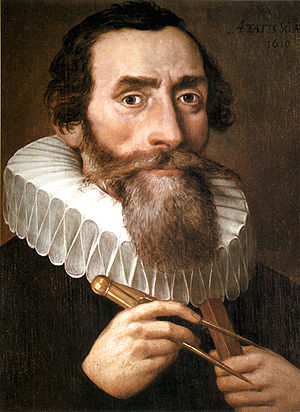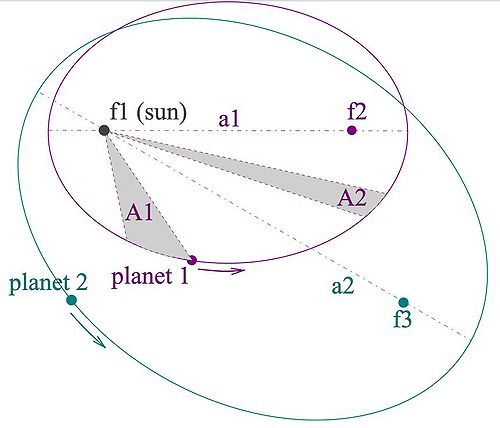Johannes Kepler: Difference between revisions
No edit summary |
No edit summary |
||
| Line 32: | Line 32: | ||
==External links== | ==External links== | ||
[ | [[Wikipedia:Johannes_Kepler|Johannes Kepler]] | ||
[https://en.wikipedia.org/wiki/Kepler's_laws_of_planetary_motion] Kepler's laws of planetary motion | [https://en.wikipedia.org/wiki/Kepler's_laws_of_planetary_motion] Kepler's laws of planetary motion | ||
Revision as of 13:32, 3 December 2015
Page Claimed by Davis Johnston
Johannes Kepler (December 27, 1571 – November 15, 1630). He is an important figure during the scientific revolution of the 17th century. He is most famous for his laws of planetary motion. These laws also help lead to Newton's theory of gravity.

Background
Johannes Kepler was born in 1571 in Weil der Stadt a town in southwest Germany. Throughout his early years he attended schools and his mathematics teacher was Michael Maestlin who believed in Copernicus's heliocentric theory and taught this to Kepler. He took a appointment as a mathematics professor in Graz in 1594.
Laws of Planetary Motion

1. Law of Orbits
All planets move in elliptical orbits with the Sun at one of the two foci
2. Law of Areas
A line that connects a planet to the sun sweeps out equal areas in equal times.
3. Law of Periods
The square of the period of any planet is proportional to the cube of the semi major axis of its orbit.
Further reading
Books, Articles or other print media on this topic
External links
Johannes Kepler [1] Kepler's laws of planetary motion
Youtube Video explaining Kepler's three laws [2]